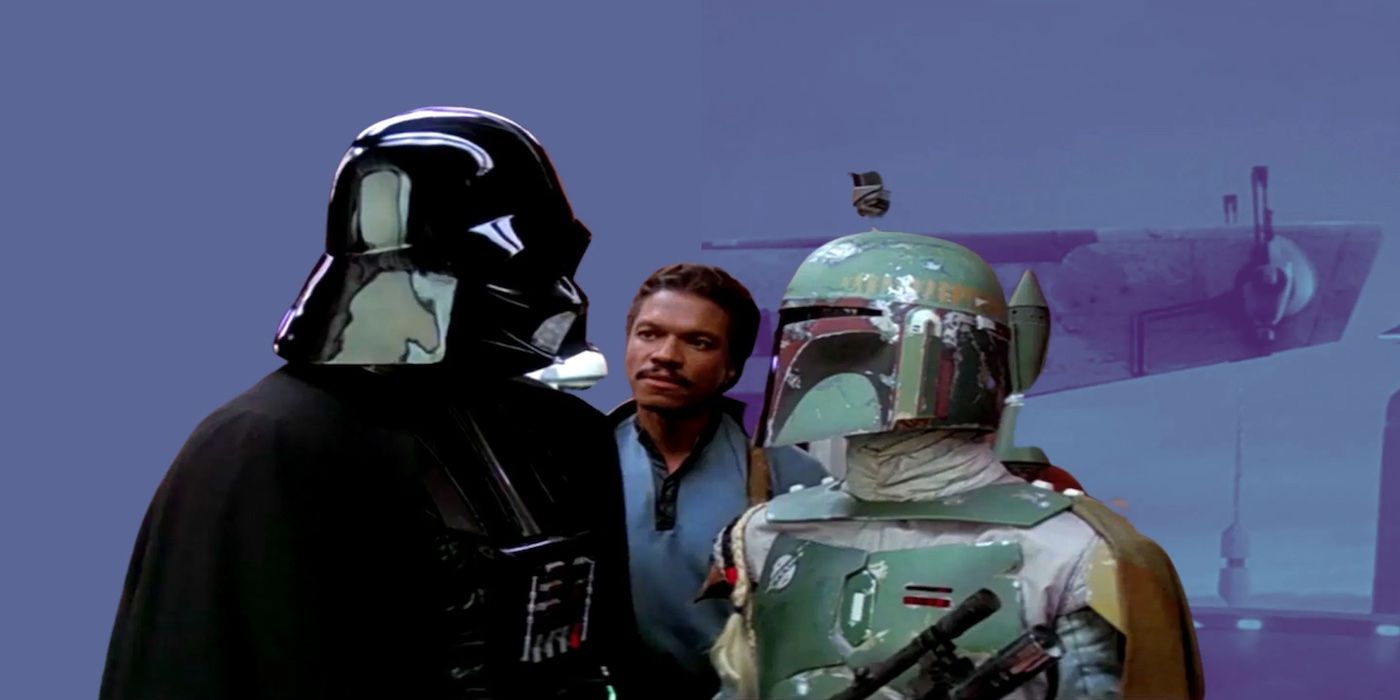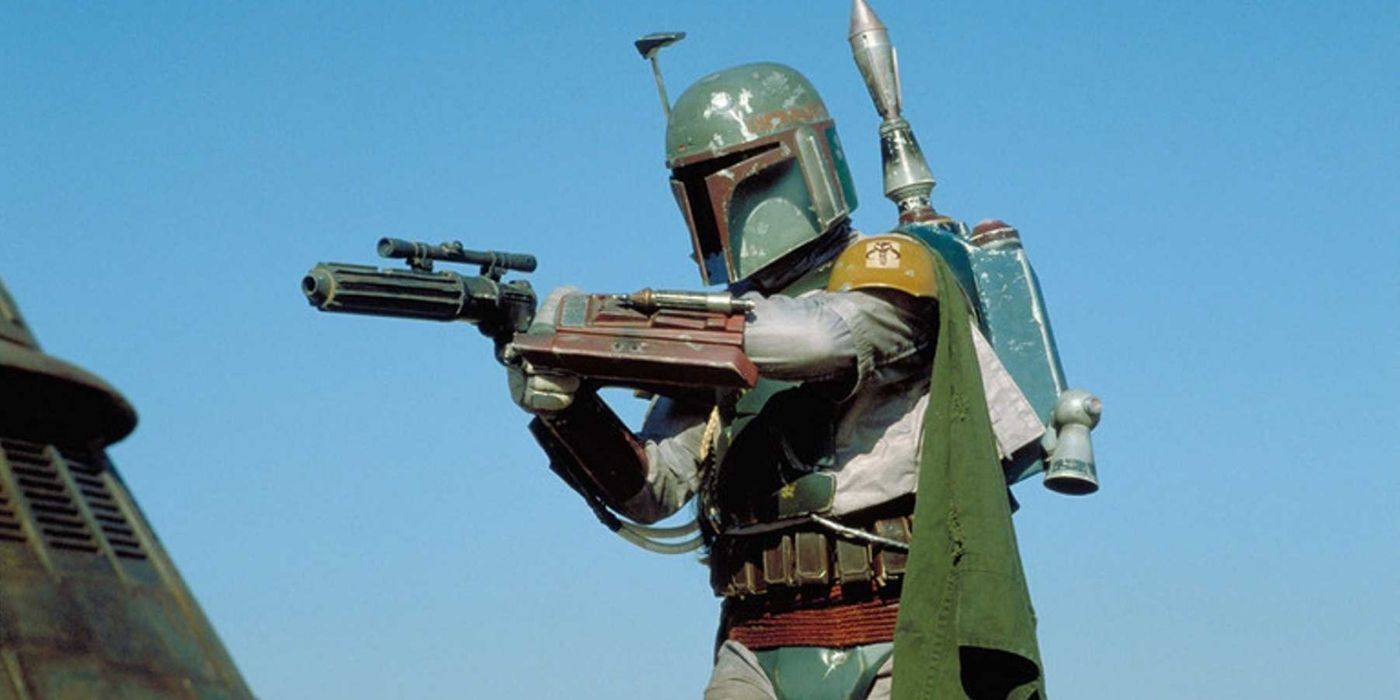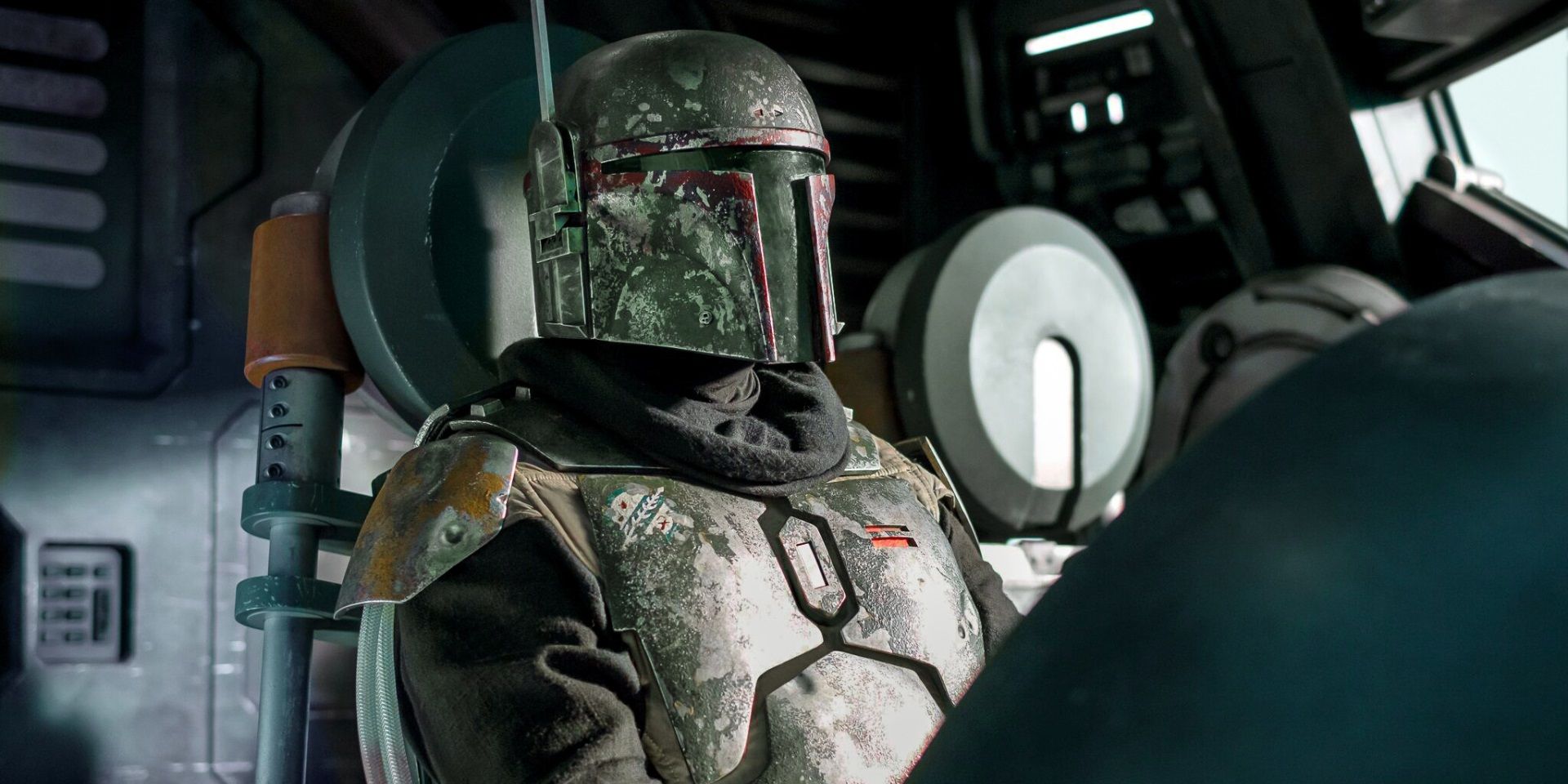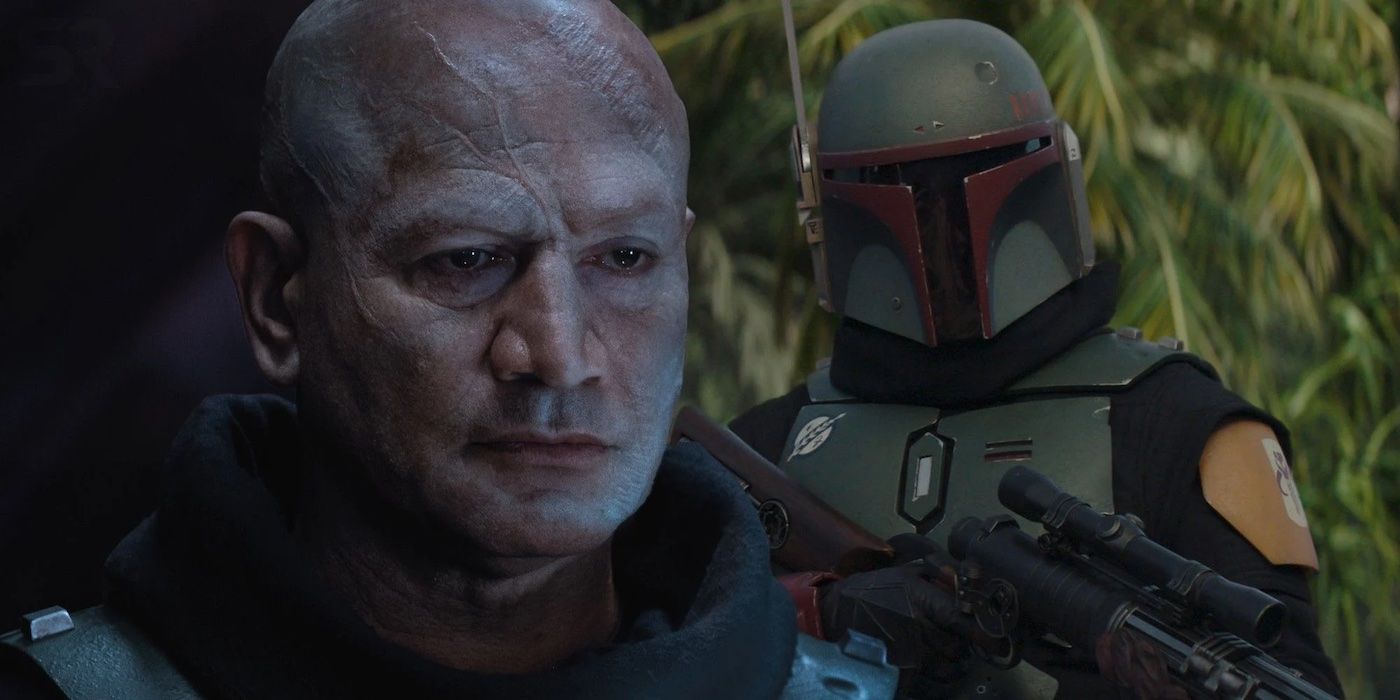For years, Boba's Fett popularity far outpaced his screen time. Boba Fett walked away from the original trilogy as a fan-favorite character, but he only had two minutes and four lines on screen. Still, how could anyone walk away from The Empire Strikes Back with anything but love for Boba Fett? He was cool incarnate, with an intimidating presence and enough confidence to question Darth Vader. Boba Fett became an icon the minute he stepped in front of the camera.
Sometimes a villain just looks too cool to hate. It was the armor, more than anything, that sold audiences everywhere on Boba Fett. It turns out the crew working on Empire never planned for the iconic armor to belong to the bounty hunter. Boba Fett had his armor before he had his backstory.
George Lucas had the idea for an elite group of Stormtroopers that could terrorize the Rebels in his Star Wars sequel. There would be 40,000 of them coming after Luke Skywalker and his friends, raising the Empire's threat level and the stakes of the film. The visual arts director on Empire, Joe Johnston, teamed up with concept artist Ralph McQuarrie to design the look of the new troopers.
The two of them built a prototype, but quickly realized that the suit was too expense for them to make as many as Lucas wanted. The idea would have to be scrapped. Luckily for Star Wars, Lucas's creativity never quits. He took the prototype back to Johnston and McQuarrie and explained a new idea. The armor would belong to a bounty hunter, a man living on the edge of the Empire who would do anything for money. He needed the designers to change the prototype armor to reflect the new character.
Creating An Icon
Johnston and McQuarrie were happy to take up Lucas's idea. The two of them worked on the armor much the same way they worked on other designs for Empire: by trading ideas back and forth. Johnston would draw rough sketches of an idea, and McQuarrie would render them as full illustrations. Each would add on to the other's creation until they ended up with something they both enjoyed.
After they knew how they wanted they suit to look, they began the process of actually creating it. The prototype they'd built was entirely white, and that just wasn't going to work. Lucas wanted the armor to look like it belonged to a seasoned bounty hunter. He asked Johnston and McQuarrie to find a way to make the armor looked scratched, beaten, and dented without damaging the actual prototype.
Johnston recalls going to a hardware store and buying dozens of jars of Floquil paint, the kind many use for model railroads. He wanted to make sure he had plenty of different options for finding ways to make the armor look aged. At the studio, Johnston loaded the paint into an airbrush and got to work on the armor. He only had the one prototype to work with, so Johnston layered paint until he found shades that looked right.
During the process, he also found a way to give the armor "dents" without actually doing any damage to it. First, he would paint a section of the armor silver. Then he would cover the area that would become the dent with frisket – an adhesive plastic sheet used to block certain areas from getting sprayed with paint. He'd layer the final coat of paint on top of the frisket. When he removed the plastic the shining silver looked like a dent or scratch in the armor.
The Mandalorian
No one used the word "Mandalorian" at the time they were designing Boba Fett's armor. Lucas invented the term later, but elements of Disney Plus's hit show The Mandalorian were already present in Boba Fett. Johnston had taken inspiration from old Westerns in his design, including talismans on the armor and, in one concept, a poncho.
The dedication of everyone involved in Boba Fett's creation eventually paid off. Audiences were infatuated with the character, and his popularity has only grown through the decades. George Lucas gave fans a look at Boba Fett's backstory in Attack of the Clones. Later the character was further developed in The Clone Wars.
The Mandalorian took Johnston's and McQuarrie's designs and used them as inspiration for one of the greatest pieces of Star Wars media ever created. On the last season of The Mandalorian, Boba Fett himself made a triumphant return to the screen (and to the land of the living), shocking audiences everywhere. Now, he is due to return in December of 2021 for The Book of Boba Fett on Disney Plus.
It's hard to imagine that Lucas's original idea for a small army of super Stormtroopers would have gotten the same love Boba Fett has through the years. Sometimes, everything works out the way it's supposed to.




